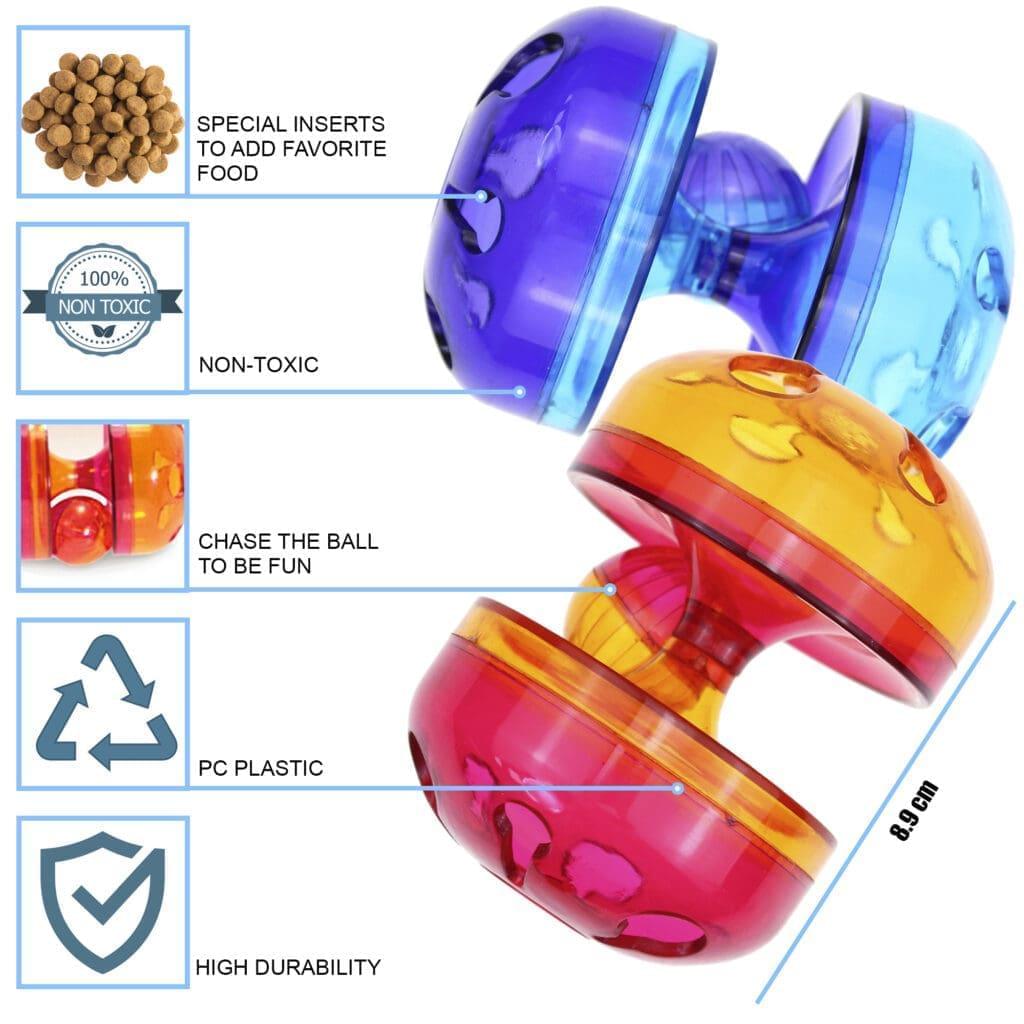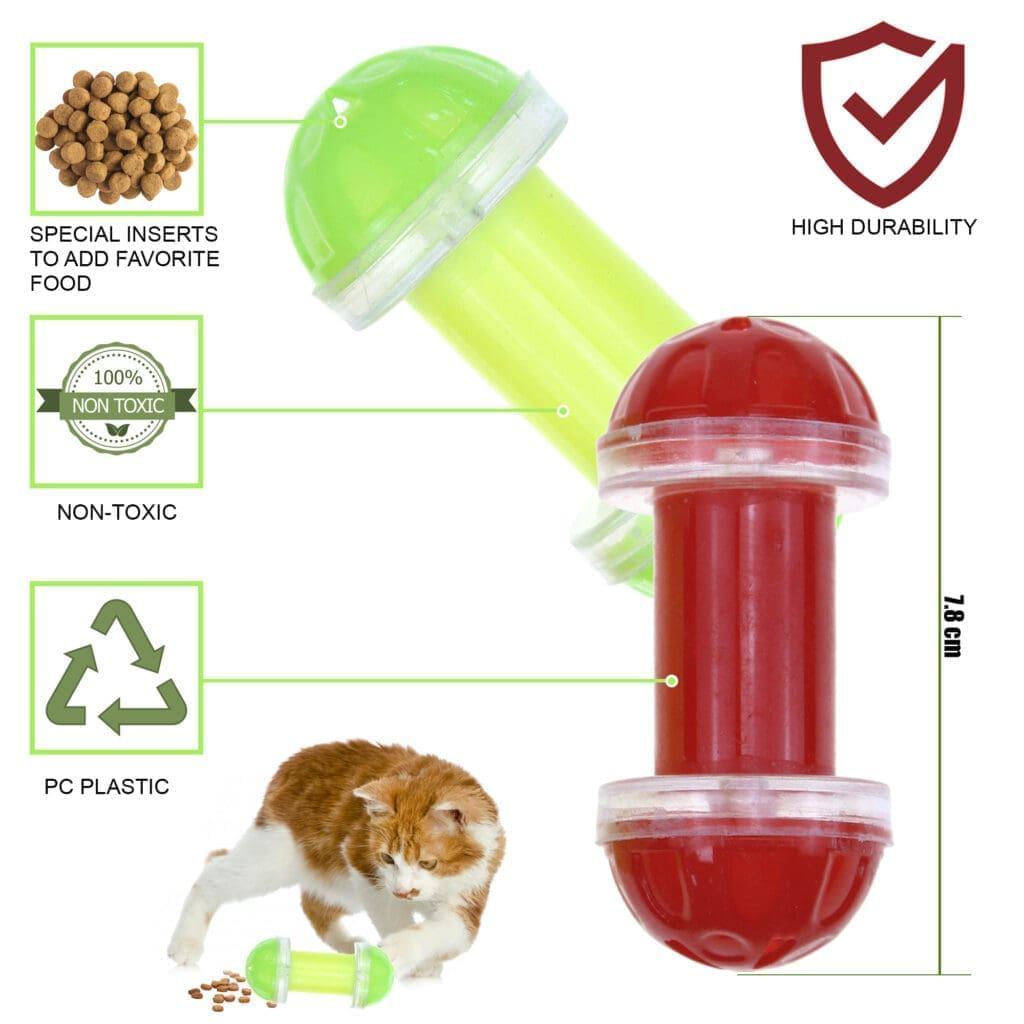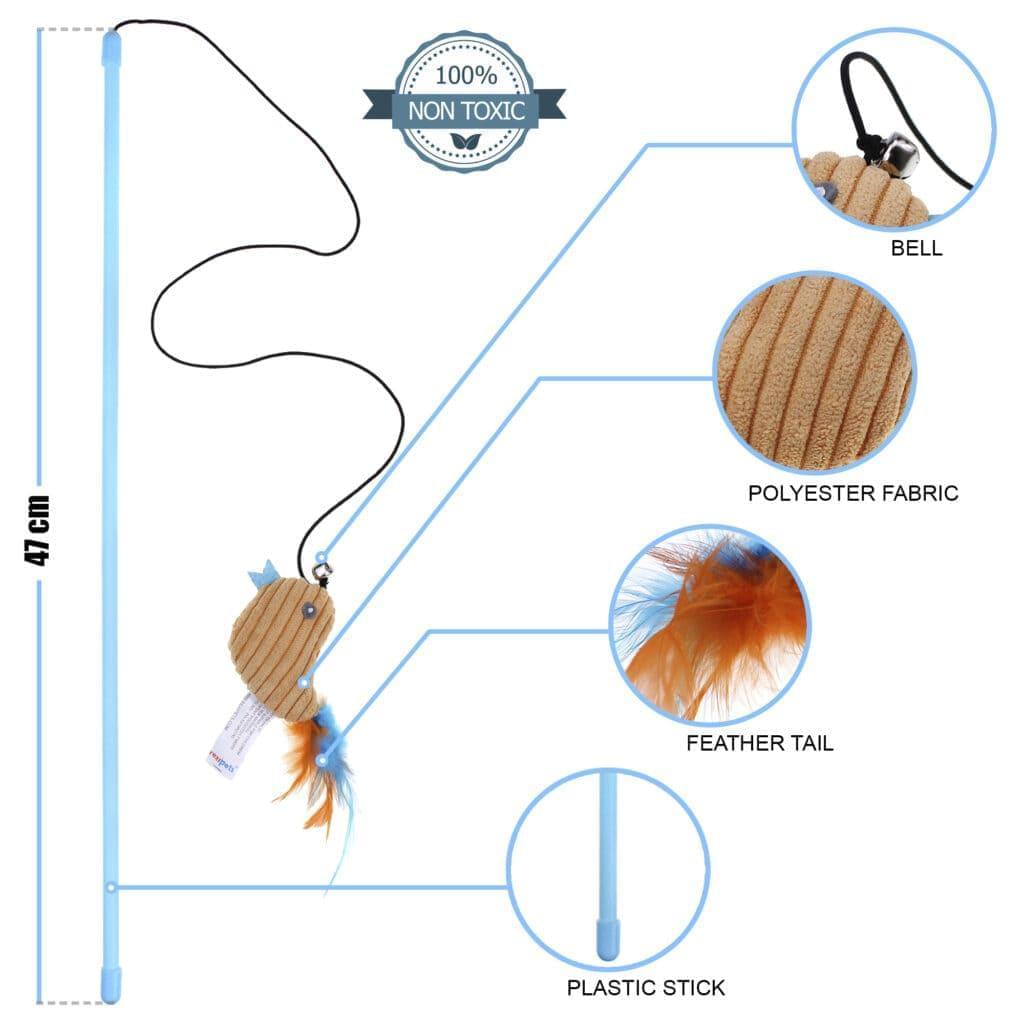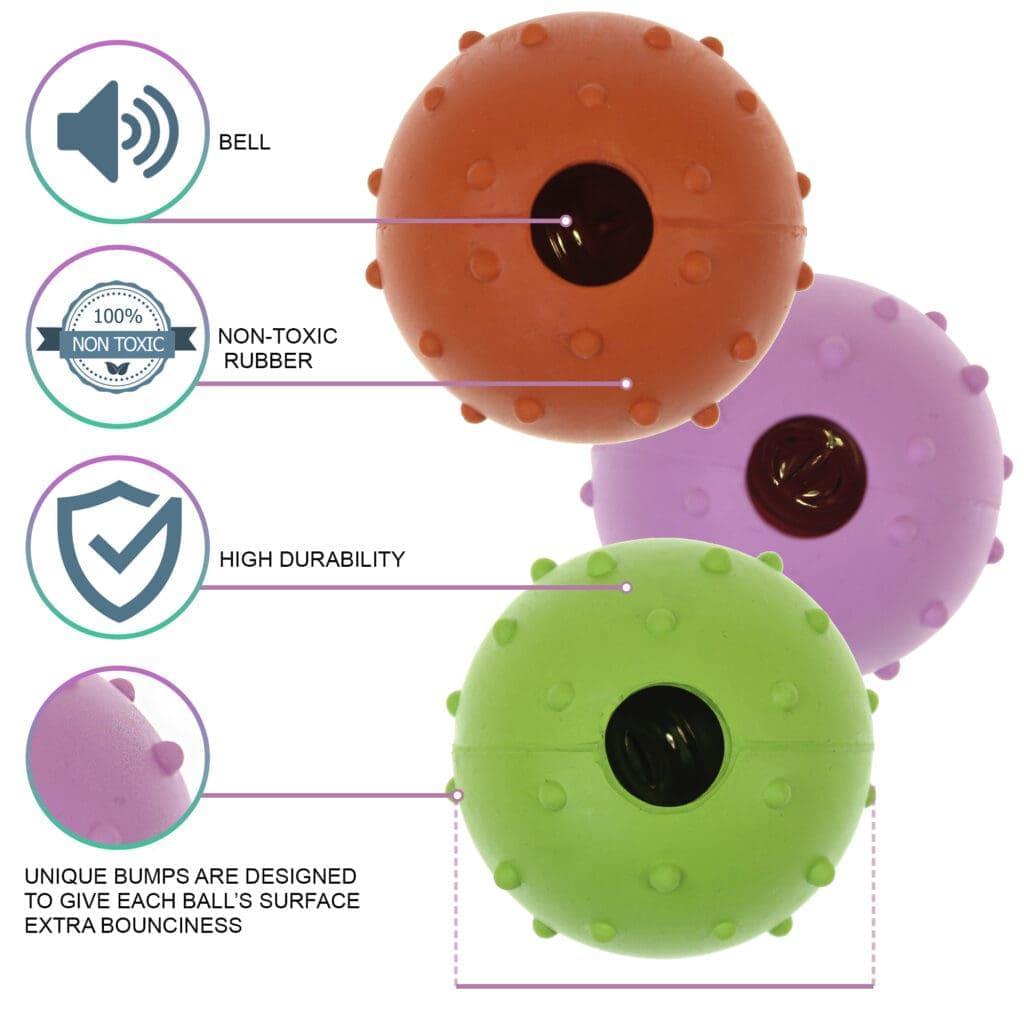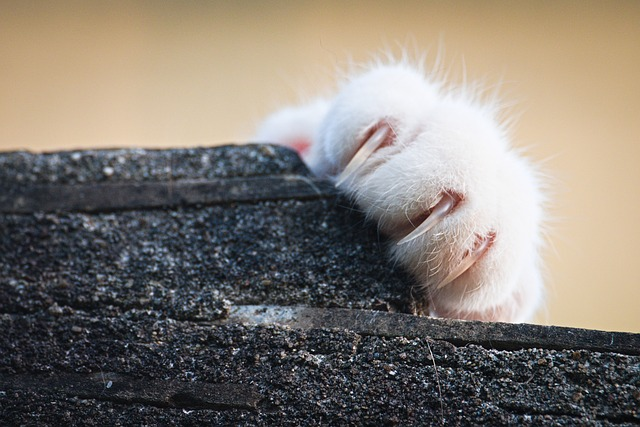
Keeping your feline friend's nails trimmed and well-maintained is essential to being a responsible cat parent.
As a pet owner, you may find yourself asking, "Can I use human nail clippers on my cat instead of cat nail scissors?" After all, they seem readily available and convenient.
It is also important to note that nail clippers are available easily and are fairly affordable for most people, but they may be hard to use. On the other hand, human nail clippers are easier to use as you are already familiar with them.
You can use human nail clippers for trimming. Whichever tool you pick, ensure that the blade is sharp. The pressure from dull blades can hurt your cat and result in a split or bleeding nail.
In this article, we've compiled a step-by-step guide on how to cut your cat's nails with human nail clippers.
So put your feet up and sit back as we embark on this journey of learning how to cut your cat's nails using human nail clippers instead of the conventional dog or cat nail clippers available on the market.
How To Cut Cat Nails With Human Clippers?
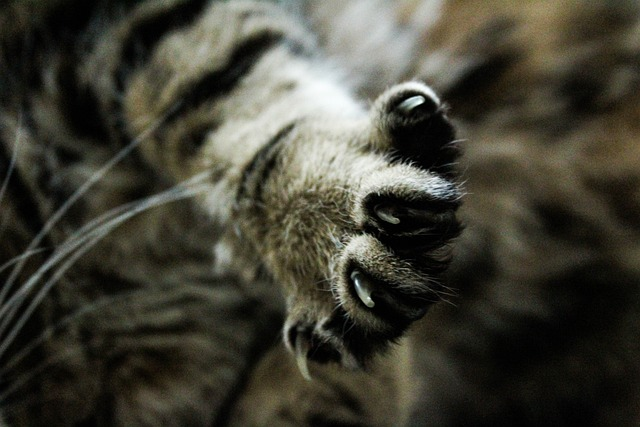
Here is a step-by-step guide on how to cut cat nails with a human nail clipper:
-
Step 1 - Get your cat relaxed
A great time to trim your kitty's claws is right after they've had their favorite meal. Cats may not be too excited about getting their nails trimmed, but it doesn't have to be a bad experience! Cats are more likely to cooperate when they're happy and a bit sleepy.
So, try giving your cat a big serving of their favorite wet food. Do that a few minutes before you start.
Another good option is after playtime when your kitty is tired. Just make sure they've had enough play to make them feel sleepy.
-
Step 2 - Put your cat on your lap
Turn the cat to face away from you and hold its body with your arm. It works well to hold the cat snugly in the bend of your arm, leaving your other arm and hand free to use the clippers. If your cat is moving around a lot, ask someone you know to help you keep the cat still.
If you don't have someone to help, try wrapping the cat tightly in a towel and taking its paw out so you can reach it easily.
If you can, position the chair so the cat can't see out the window or any other distractions. You don't want the cat to get distracted by birds or other things outside while you're trimming its claws. This may result in sudden reflexes by your cat that may cause accidents! Also, if you have other pets, keep them in a different room when you're clipping cat claws.
-
Step 3 - Massage your cat's paws
When trimming your cat's claws, it's usually easier to start with one of the front paws. Hold the paw gently between your fingers and then massage it for about 3 seconds so your cat gets used to the feeling.
Don't massage for too long because most cats get impatient.
You can also try trimming a piece of uncooked spaghetti with the clippers to help your cat get used to the sound. This way, your cat can become familiar with the noise without feeling scared.
-
Step 4 - Locate the quick
Take a close look at the first claw in a well-lit area and locate the pink center. This darker pink part of the cat claw near the toe's base is called the "quick." It's crucial to avoid cutting into this sensitive area because it contains blood vessels. Take a good look at the claw and ensure you know where the quick is located.
-
Step 5 -Adjust the Nail clipper Angle
Instead of using the regular nail clippers the same way you would for your nails, turn them sideways at a 90-degree angle when using human clippers on your cat's claws.
When you position the flat edge of the clippers perpendicular to the extended claw, there's a risk of splitting your cat's nail.
-
Step 6 - Snip snip
Gently squeeze the handles of the clippers and make a quick cut. Remember, it's safe to cut anywhere in the white part near the tip of the claw. Just be careful to avoid clipping the pink area in the center. It's hard to measure precisely, but it's best to cut approx 1/8 inch before the quick.
Even after being cautious, if you accidentally cut into the quick or the cat's claw splinters, apply styptic powder to the nail. This will help stop the bleeding, and you can finish the trimming another day. If you don't have styptic powder, you can use corn starch as an alternative.
-
Step 7 - Trim more
If your cat is calm and relaxed, you can continue trimming. It's normal and expected that you cannot trim all of your cat's claws in one go. A good target for the first session is to trim at least the first 2 claws. You can then work on the rest of the cat claws on different days.
If your cat remains relaxed and content after trimming the first 2 claws, feel free to continue with clipping claws. Remember, every cat reacts differently, so observing your cat's behavior and comfort level is essential.
-
Step 8 - Take a break
Trying to force nail trimming can potentially harm or upset your cat. Dealing with a yowling cat can be challenging, and there's a higher chance of accidentally cutting into the quick.
If your cat resists or shows signs of pain or discomfort, stop immediately and remain calm. Give your cat a treat and some cuddle time, and try again the next day.
Suppose your cat consistently refuses to let you trim their claws. In that case, it's a good idea to seek help from a veterinarian or professional groomer who uses cat grooming accessories. They have the necessary training and expertise and can provide helpful tips and techniques for successful future nail trims on your own.
-
Step 9 - Treat your cat
Offering your cat a treat during and after nail trimming is a fantastic way to create a positive association. Giving your cat a tasty treat can reinforce good behavior and help them associate the experience with something enjoyable.
This positive reinforcement can go a long way in making future nail trims easier and less stressful for you and your feline friend.
-
Step 10 - Schedule nail trims every 2 weeks
It's essential to trim your cat's front claws more often than the back claws. You should check your cat's front paws approximately every 2 weeks and trim them when they have grown out.
If you can trim the back claws during the same session, go ahead and do so! However, if you can't, the back claws can be trimmed about once a month.
Why Do Cats Need Their Nails Clipped?
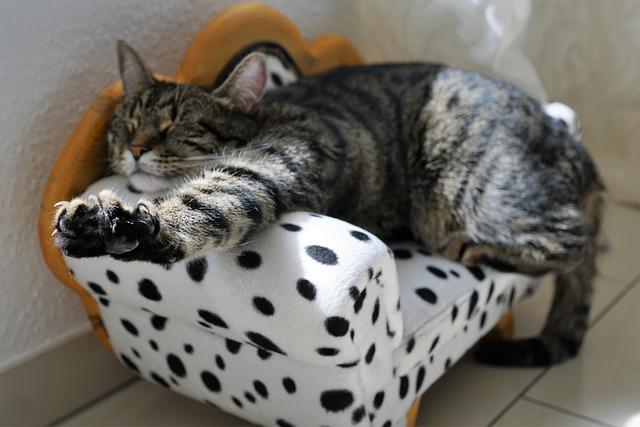
Some cats, like older cats, indoor cats, or those with special needs, may struggle to naturally file down their nails. However, in most cases, cats can maintain their nail length by scratching on trees or the ground and by nibbling off the outer sheaths that cover the claws.
Certain cats, especially those with specific conditions like arthritis or obesity, might have difficulty grooming their nails. If the cat's claws are left to grow unchecked, it can lead to various issues and complications.
Long nails increase the risk of accidental scratches to both humans and other pets. Trimming the cat's claws reduces the likelihood of scratches and potential infections from deep scratches.
Moreover, trimming a cat's nails can help prevent damage to furniture, household items, and carpets.
Final Thoughts!
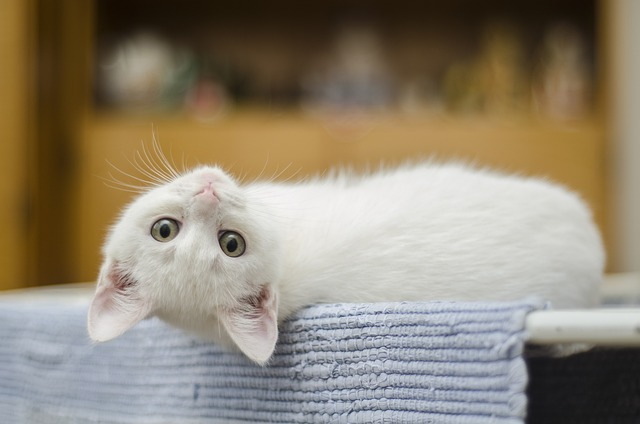
Cutting cat nails is not as difficult as it sounds. While some cats naturally maintain their nails, others may require assistance. Clipping their nails, even with human nail clippers, offers several benefits. And it is important for paw care for cats.
It helps prevent overgrowth, reduces the risk of scratches and injuries, promotes cat health and comfort, protects household items, and fosters safer interactions.
Remember to follow proper techniques, prioritize your cat's well-being and comfort, and consider positive reinforcement. Consult a veterinarian or professional groomer if you need additional guidance or if your cat is resistant.









